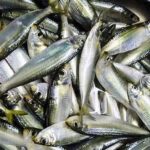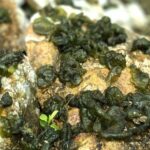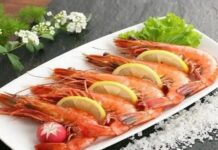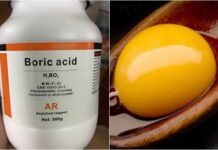Eucalyptus trees, commonly known as gum trees, are a familiar species widely cultivated in many provinces of Vietnam. With their rapid growth rate, drought tolerance, and high economic value in timber and eucalyptus oil production, they have long played an important role in the country’s forestry industry. However, not many people are aware of eucalyptus trees’ hidden “secret” that has stunned the scientific community: the presence of gold in their leaves.
Eucalyptus Trees: Nature’s Gold Vacuums
Australian scientists from the Commonwealth Scientific and Industrial Research Organisation (CSIRO) made a surprising discovery: eucalyptus trees can absorb tiny gold molecules from the soil into their trunks and leaves. This conclusion was drawn after the research team found traces of gold in leaf, trunk, and root samples of eucalyptus trees growing in mineral-rich areas of Western Australia.
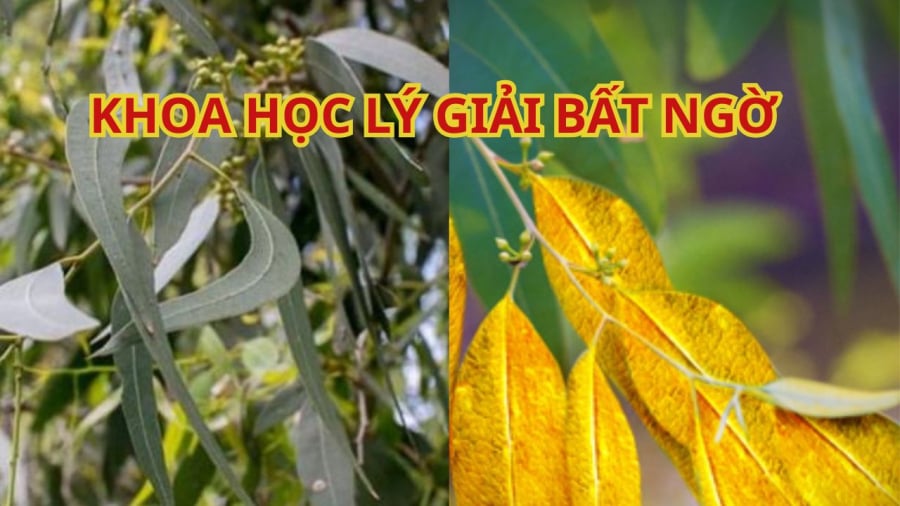
Eucalyptus trees, with their deep taproots, can penetrate the earth to depths of over 30 meters, passing through geological layers to absorb water and nutrients. During this process, even if the soil contains very small amounts of gold, the trees are capable of absorbing it. The gold then moves through the xylem, with some of it settling in the leaves—where modern analytical technology can detect it.
Why Do Trees “Vacuum” Gold?
According to the researchers, gold is not an essential element for plant growth. In fact, eucalyptus trees absorb gold passively due to their deep-rooted system, which penetrates mineral veins containing gold. The tree then transports the gold to its upper parts as a natural “detoxification” mechanism to prevent the toxic buildup of heavy metals in its roots.
Notably, while the amount of gold in each leaf is extremely small (only a few parts per billion), this discovery has unveiled a novel approach to mineral exploration: biogeochemistry—using plants to detect hidden treasures beneath the earth’s surface.
Vietnam’s Eucalyptus Plantations: An Untapped Potential?
In Vietnam, eucalyptus trees are commonly cultivated in provinces such as Bac Giang, Phu Tho, Quang Binh, Nghe An, Binh Phuoc, and Tay Ninh, spanning hundreds of thousands of hectares of eucalyptus forests that are either being exploited or newly planted each year. This sun-loving species is well-suited to various types of soil, even those that are nutrient-deficient and degraded.
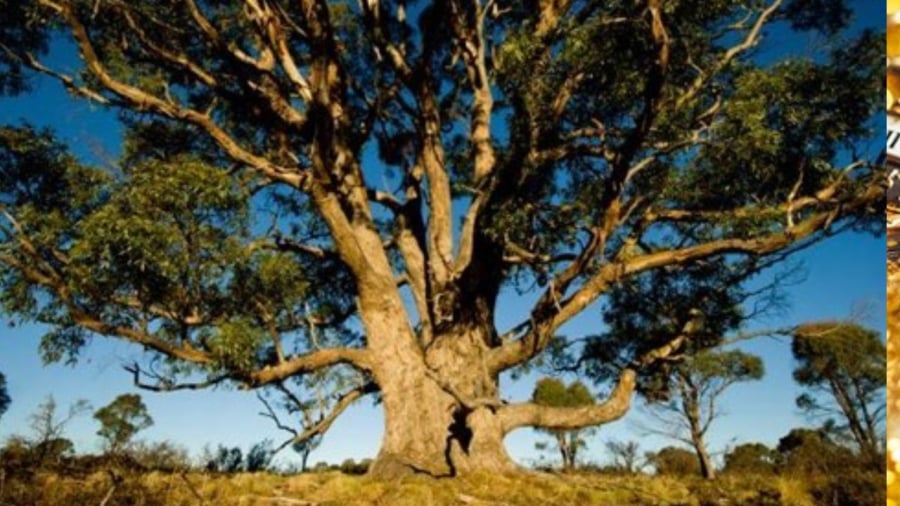
While eucalyptus trees are primarily grown for wood chips, paper pulp, and essential oil extraction, the discovery of gold in their leaves raises an intriguing question: Are Vietnam’s eucalyptus forests unknowingly harboring gold veins beneath their canopies?
Although there hasn’t been any specific research in Vietnam confirming gold absorption by eucalyptus trees, considering the geological conditions, many areas where eucalyptus is grown have also been sites of gold mine discoveries or possess mineral potential, such as Hoa Binh, Quang Nam, Kon Tum, and Yen Bai. This certainly opens up an exciting avenue for future research.
Practical Applications and Ecological Benefits
Despite the minute amounts of gold in eucalyptus leaves, which are insufficient for commercial extraction, employing eucalyptus trees as biological indicators in gold exploration is entirely feasible. Compared to costly and environmentally damaging drilling methods, collecting leaf samples for analysis is cheaper, faster, and less invasive.
Beyond their potential as “gold detectors,” eucalyptus trees offer a plethora of other advantages:
- Reclamation of barren lands and improvement of ecological environment.
- Prevention of soil erosion, soil improvement, and local climate regulation.
- Provision of a large source of industrial raw materials, from paper-making wood to antiseptic and anti-inflammatory essential oils.
- Contribution to the livelihoods of tens of thousands of farming households in mountainous areas.
Conclusion:
Eucalyptus leaves: Nature’s golden signal. The discovery of gold in eucalyptus leaves is not only intriguing but also has the potential to revolutionize how we explore natural resources in the future. For a country like Vietnam, with its extensive eucalyptus plantations, we can certainly explore the application of “gold-detecting trees” to environmentally friendly and low-cost mineral exploration.
“A Budget-Friendly Fish With 5 Times More Omega-3 Than Salmon – It’s a No-Brainer!”
“Omega-3 is abundant in fish, with salmon often touted as the go-to source for this beneficial fatty acid. But there’s a lesser-known fish that’s native to Vietnam that offers a comparable abundance of omega-3 at a fraction of the cost. This unsung hero of the sea provides a budget-friendly alternative without compromising on nutritional value.”

























